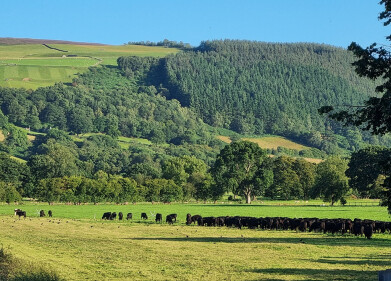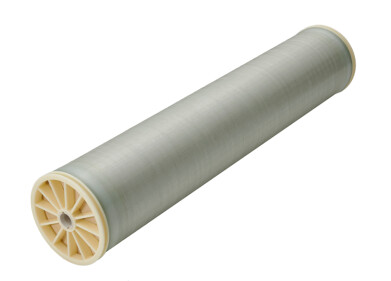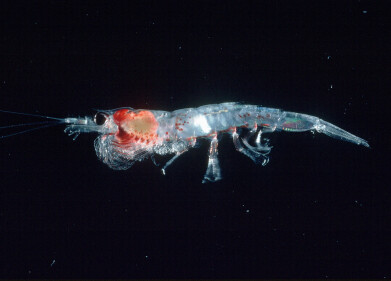Water/Wastewater
Can Water Pollution Affect the Price of Seafood?
Mar 26 2017
Whether it’s petrol or a loaf of bread, we’re all concerned about how much things cost. And when something’s costing you more, it’s usually nice to know why. The ingredients, production process and even transport can contribute to the cost of a final product. But what about pollution? Surely not… Read on to see how water pollution affects the price of seafood.
Shrimp and save
According to a recent study at Duke University, the price of large shrimp is directly affected by water pollution. Specifically, it refers to pollution from fertilisers from agriculture. When fertilisers make their way into coastal waters, they boost the growth of certain oxygen-absorbing algae.
With the added growth, the algae can consume more oxygen, leading to a problem known as hypoxia. This is a deficiency of oxygen in the water and – because of the amount of fertiliser being washed away – it is creating dead zones in the water. The lack of oxygen in the dead zones is slowing the growth of marine life like fish and shrimp.
So how does this affect price?
Large shrimp, which are sold at a premium, are fewer in number because of the growth deficiency, with higher numbers of small shrimp. Because of demand outweighing supply, the few large shrimp available incur a sharp hike in prices. According to the study, the price increases coincided regularly with the occurrence of hypoxic dead zones.
“Many studies have documented the ecological impacts of hypoxia, but establishing a clear causal link to economic losses in affected fisheries has been elusive. Our study does this by showing how seasonal hypoxia off the Louisiana and Mississippi coasts drives monthly fluctuations in market prices,” said lead author Martin Smith. “Because fishermen are catching more small shrimp and fewer large ones during these months, the price of small shrimp goes down and the price of large ones goes up, creating a short-term disturbance in the market that we can track.”
Seafood from aquaculture
Away from coastal fishing, aquaculture is the practice of farming and harvesting aquatic organisms in a controlled environment. It takes external factors like agricultural run-off out of the equation. But there are still several parameters that need to be controlled to make the operation successful. Released by the fish themselves, ammonia is one of the most important parameters of water quality. As discussed in ‘The Management of Ammonia Levels in an Aquaculture Environment’, new techniques and technologies are making it much easier to monitor and control ammonia levels.
Events
Carrefour des Gestions Locales de L'eau
Jan 22 2025 Rennes, France
Jan 29 2025 Tokyo, Japan
Feb 05 2025 Nantes, France
Feb 16 2025 Kampala, Uganda
Feb 26 2025 Chennai, India




-as-feedstock.jpg)





